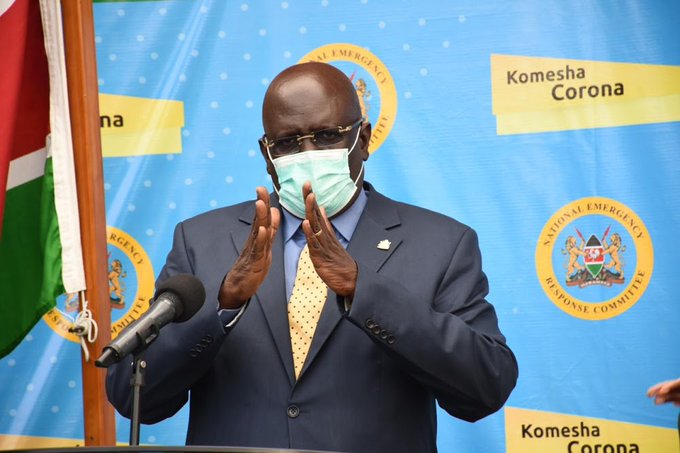Final Recommendations on the Implementation of Competency-Based Curriculum
- Adopt a 2-6-3-3-3 Education Structure: 2 years Pre-Primary School; 6 years Primary School, 3 years Junior School (JS), 3 years Senior School (SS) and a minimum of 3 years at University. MoE to establish a comprehensive school system where all levels of learning from Pre-Primary to Grade 9 are managed as one institution headed by Head of Institution; TSC to provide career progression guidelines for teachers in comprehensive schools; and provide guidelines on Alternative Provision of Basic Education and
- KICD to rationalise the number of learning areas and curriculum designs in terms of scope, integration of subjects within a learning area, gaps, content overload and overlaps in Basic Education as follows:
-
- Pre-Primary (PP1-PP2): the learning areas not to exceed five (5);
- Lower Primary (Grade 1-3): The learning areas not to exceed seven (7);
- Upper Primary (Grade 4-6): The learning areas not to exceed eight (8);
- Junior School (Grade 7-9): The learning areas not to exceed nine (9);
- Senior School (Grade 10-12): The learning areas not to exceed (7) Subjects; and
- Review CSL to reduce overload, overlaps, cost and promote community linkages; and adapt all SNE learning resources including those for stage based curriculum at levels of basic
- MoE to discontinue categorisation of public Secondary Schools from the current nomenclature (National, Extra-County, County, and Sub-County) to career pathways (STEM, Social Science and Arts and Sports Science) at Senior School; and to enhance equity and inclusion, promote the establishment of low-cost boarding Primary schools in marginalised areas; focus on infrastructural and resources support for sub-County Senior Schools to offer the three
- KNEC to review the Competency-Based Assessment Framework to restructure KPSEA for purposes of monitoring learners’ progress and providing feedback to stakeholders — not for placement; provide an assessment framework for Alternative Provision for Basic Education and Training; develop mechanisms for administering assessments within the school daily routine. Assessment for various levels to be as follows:
- At Grade 6: KPSEA to be computed as cumulative score of SBAs for Grade 4-6 for purposes of monitoring learners’ progress and providing feedback to stakeholders;
- At Grade 9: To comprise 20% of KPSEA, 20% of SBAs in Grade 7 and 8 and 60% summative evaluation at Grade 9; and
- Grade 12: To comprise 70% summative assessment and 30% (SBAs; Assessment of CSL, values and competencies).
- Integrate key tenets (VbE, CSL, PE&E) to support successful implementation of CBC at all levels of Education and MoE to provide structures and guidelines to implement a Whole School Approach to the implementation of VbE; structured religious/moral instruction and Counselling programs; sensitise parents, caregivers, guardians and the community on their role in the learning process.
- MoE to provide for:
- Selection and placement of learners into career pathways to Senior School based on performance and personal
- Computation of KCSE mean score by KNEC to be based on Mathematics, English/Kiswahili, and 5 other best performed
- MoE to review the policy guidelines on textbooks and other instructional materials to:
- conform to the revised curriculum designs;
- ensure that the best two evaluated textbooks by KICD are supplied to each public school and strengthen KICD’s capacity to publish course books in areas where publishers do not submit manuscripts for
- Restructure SEPU to School Learning and Instructional Materials Centre (SLIMC) to coordinate the procurement and distribution of MoE approved textbooks and other learning resources. KICD to liaise with School Learning and Instructional Materials Centre (SLIMC) in facilitating procurement of digital resources hosted in Kenya Education Cloud (KEC).
- MoE to develop guidelines on foundational learning for Early Years
- MoE with support from MoICT to leverage technology at all levels of education by developing ICT infrastructure for curriculum delivery; improve digital literacy among teachers, parents and other key
- The Ministry of Education and Ministry of Interior’s Civil Registration Services to integrate registration of births with EMIS and provide a unique identifier for every child from EMIS to be restructured and renamed Kenya Education Management Information System (KEMIS).
- Develop the capacity of KNEC to print National Assessments in Kenya.


